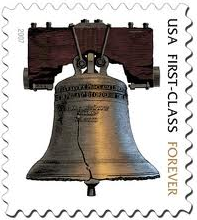What is 'Work In Process - WIP'
Work in process, also known as WIP, refers to activities that have entered the completion process but are not yet outcomes. Work in progress (WIP) refers to all materials and partly finished products that are at various stages of the production process. WIP excludes inventory of time or materials at the start of the completion cycle and finished products inventory at the end of the production cycle. That means you don't count the things you have not started or have not finished.
Work in Process vs Progress
I see the difference between process and progress as being very small but I want to make a distinction. I see progress being anchored to physical goods at different stages of completeness on an assembly line and process being completion of any activity as part of a goal or outcome. Your process could be as simple as To-do and Done. If you are multi-tasking and have 5 things started all at the same time, you have a WIP of 5.
Personal Agility Tip
One of the secrets of managing your work in process is to only start work on things you actually have capacity to work on. When you have capacity, you can pull work into your "queue". Rather than accepting and starting every task that comes your way, limit the amount of stuff that you’re working on at any given time. Focus less on starting things in your queue and more on finishing them, and I can pretty much guarantee you’ll get more done.
Personally, I know that I can only deal with three activities at a time before things start to get dropped. Know your personal limits and set them accordingly. If you’re working on something and you get blocked, don’t just pull in more work. Add a visual indicator that shows the item is blocked and continue pulling working to done. Once you unblock work, you can pull it the rest of the way through your system to done.
Have questions? Ask me how I do it!





 by Eliyahu M. Goldratt (yes, if someone clicks on that link and buys a book, I would get credit)
by Eliyahu M. Goldratt (yes, if someone clicks on that link and buys a book, I would get credit)